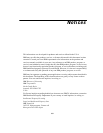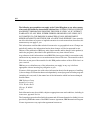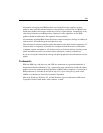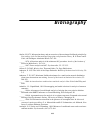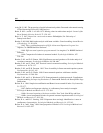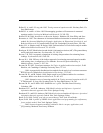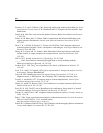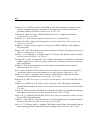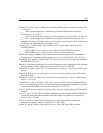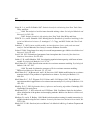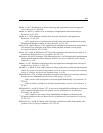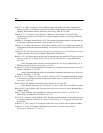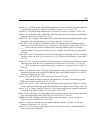
638
Bibliography
Carmines, E. G., and J. P. McIver. 1981. Analyzing models with unobserved variables. In: Social
measurement: Current issues, G. W. Bohrnstedt and E. F. Borgatta, eds. Beverly Hills: Sage
Publications.
Cattell, R. B. 1966. The scree test for the number of factors. Multivariate Behavioral Research,
1: 245–276.
Celeux, G., M. Hurn, and C. P. Robert. 2000. Computational and inferential difficulties with
mixture posterior distributions. Journal of the American Statistical Association, 95:451,
957–970.
Chen, F., K. A. Bollen, P. Paxton, P. J. Curran, and J. B. Kirby. 2001. Improper solutions in
structural equation models: Causes, consequences, and strategies. Sociological Methods and
Research, 29:4, 468–508.
Chung, H., E. Loken, and J. L. Schafer. 2004. Difficulties in drawing inferences with finite-
mixture models: A simple example with a simple solution. American Statistician, 58:2,
152–158.
Cliff, N. 1973. Scaling. Annual Review of Psychology, 24: 473–506.
______. 1983. Some cautions concerning the application of causal modeling methods.
Multivariate Behavioral Research, 18: 115–126.
Cochran, W. G. 1952. The
χ
2
test of goodness of fit. Annals of Mathematical Statistics, 23:
315–345.
Cook, T. D., and D. T. Campbell. 1979. Quasi-experimentation: Design and analysis issues for
field settings. Chicago: Rand McNally.
Croon, M. 2002. Ordering the classes. In: Applied Latent Class Analysis: 137–162, J. A.
Hagenaars and A. L. McCutcheon, eds. Cambridge, UK: Cambridge University Press.
Crowley, J., and M. Hu. 1977. Covariance analysis of heart transplant data. Journal of the
American Statistical Association, 72: 27–36.
Cudeck, R., and M. W. Browne. 1983. Cross-validation of covariance structures. Multivariate
Behavioral Research, 18: 147–167.
Davis, W. R. 1993. The FC1 rule of identification for confirmatory factor analysis: A general
sufficient condition. Sociological Methods and Research, 21: 403–437.
Diaconis, P., and B. Efron. 1983. Computer-intensive methods in statistics. Scientific American,
248:5, 116–130.
Ding, C. 2006. Using regression mixture analysis in educational research. Practical Assessment
Research and Evaluation, 11:11. Available online:
http://pareonline.net/getvn.asp?v=11&n=11.
Dolker, M., S. Halperin, and D. R. Divgi. 1982. Problems with bootstrapping Pearson correlations
in very small samples. Psychometrika, 47: 529–530.




